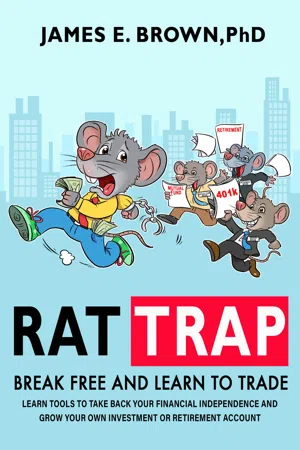![]()
1
Psychology
& Personality
“We are addicted to our thoughts. We change nothing if we cannot change our thinking.”
~ Santosh ftalwar ~
![]()
Behavior mindset
A trader’s decision-making process, personality, and inner self reveals through trading wins, losses, and breakeven.
Personality and negative habits developed over the years are clear when traders take this journey. A blown account drudges up feeling from past unresolved and unrelated to trading—feel- ings of fear, greed, anger, confusion and many others.
True acceptance and knowledge of self correlate to a sound de- cision-making process, a change in trading behavior, and change in world perspective.
As traders, we all have earned PhDs and had the same learning curve from the school of hard knocks. No trader is exempt from this. This defines a trader; it has molded us.
The goal is to shorten the curve for the next generation and take time to focus on starting with a small account size while learning.
To understand your true nature and to assess a trader’s mindset, then real money must be on the line. Get some skin in the game.
By working on developing your mindset and working the meth- od, you will be establishing the greatest foundation for success.
Conditioned Mindset
Moving from an unsuccessful trader to a successful trader is to accept and shift the mindset responsible for the actions of losses; brought on by fear or greed.
The behavior of traders consists of learned habits that implant- ed themselves into our mindset as children.
Regarding fear, according to the Merriam-Webster dictionary, fear is an unpleasant often strong emotion caused by anticipa- tion or awareness of danger.
Fear is brought about from a known or unknown source produc- es stress, a physical, chemical, or emotional factor that causes tension in the body.
Fear is an adaptive behavior or “condition response.” Ivan Pav- lov studied this behavior, and Burrhus Frederic Skinner later built upon this research.
In his work, Skinner conducted research on rats to determine a connection between stimuli and observable behavior in rats.
Rats were enclosed in a box with levers, electrified floors, and food allowing for the measurement and control of certain con- ditions.
The purpose was to predict consequences, rewards, and punishments. The research used a model where an un- favorable decision resulted in punishment, and a correct decision resulted in a reward. By breaking tasks down into smaller parts, and rewarding success on those parts, Skinner facilitated behavioral change in animals (Skinner, 1960).
What Skinner did was significant. He felt humans did not dif- fer from rats and would learn adjusted behavior through grad- ed steps with feedback at each stage. His views on behavioral change applied to human actions have driven an entire field of behavior modification.
Fear & Greed Mindset
When fear is brought upon us by an unknown circumstance, it often impedes our decision-making process. When a trade is open, traders venture into the unknown.
Even though a trading method is in place, traders relinquish con- trol and must trust the outcome will be favorable. If not, a trader will then punish themselves by scrutinizing trades and negative behavior might surface.
We have many trading emotions, but fear and greed are the two biggest. Having a positive attitude brings a positive expectancy, and a decisive trader trades despite fear.
The trader accepts the possibility of losses or mistakes yet has the confidence to take action despite fear and greed.
To take full advantage of the journey, traders must define them- selves.
“To know thyself is the beginning of wisdom.”
~ Socrates ~
Trader
What defines a trader and the ability to use the mindset and method to engage the market? It begins with the identity of self, and the ability to use the right method to align with a trader character type.
Are you trading this way? Does your method correlate with your trading style and personality?
Traders start their trading journey searching for a trading system first and not led to ask the tough questions within them.
Before introspection, traders find a method which makes money. It is only when it stops making money that we begin to question the process. “It was working before, but why did it stop?” So, we move on to a new method and similar results happen again. Then the hamster wheel cycle begins.
As traders, the goal is to remember succ...
